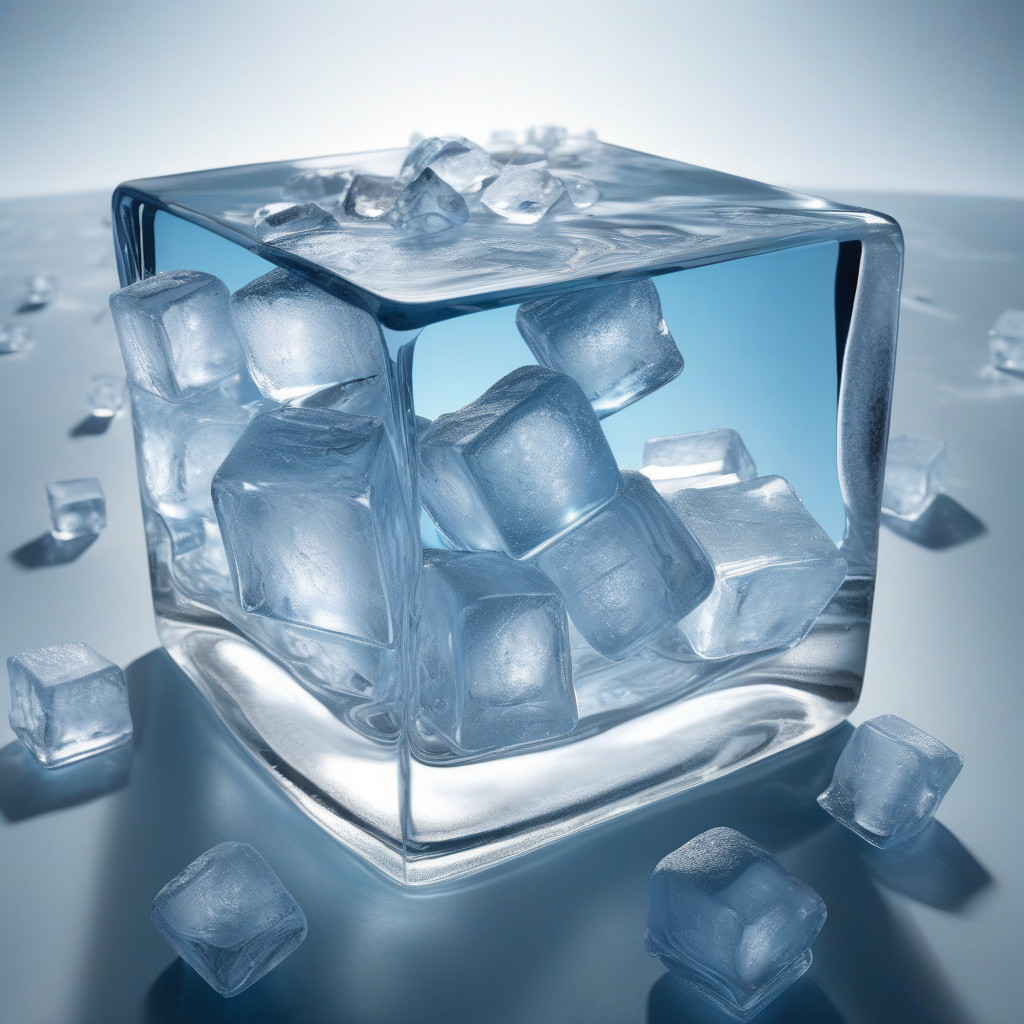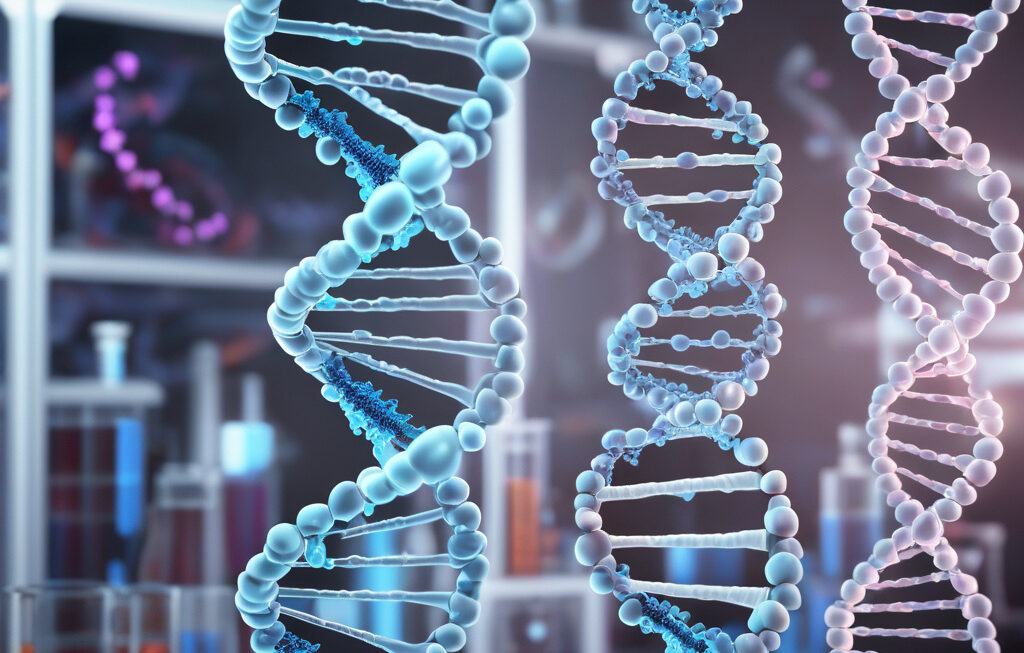Ice’s Shocking Secret: Generating Electricity When Bent or Stretched
Ice is not as passive as it looks. New research shows that ordinary ice can do more than just chill our drinks or create slippery sidewalks in winter. Physicists have made a groundbreaking discovery that ice can actually generate electricity when subjected to mechanical stress, such as bending or stretching. This revelation opens up a world of possibilities for harnessing clean energy in a way that was previously unimaginable.
The study, led by a team of physicists at the University of Tokyo, demonstrates that when ice is deformed, it can develop an electric charge. This phenomenon, known as “flexoelectricity,” is a property that was previously observed in certain crystals and liquid crystals, but never before in ice. The researchers found that ice exhibits flexoelectricity due to the asymmetry in its molecular structure, which allows for the generation of an electric field in response to mechanical strain.
What makes this discovery even more remarkable is the potential applications it holds. Imagine a future where roads embedded with ice panels could convert the pressure from passing vehicles into electricity to power streetlights or nearby buildings. Or where glaciers, constantly subjected to forces of nature, could serve as natural generators of clean energy. The possibilities are as vast as the ice-covered landscapes of our planet.
Furthermore, this newfound ability of ice to produce electricity could revolutionize the field of cryogenics. Cryogenic systems, which rely on low temperatures for various scientific and medical applications, could benefit from the integration of ice-based flexoelectric generators to power their operations. This could lead to more energy-efficient and sustainable cryogenic technologies in the future.
Beyond its practical applications, the discovery of ice’s flexoelectric properties also sheds light on the complex nature of this ubiquitous substance. Ice, often seen as a simple and inert material, continues to surprise us with its hidden capabilities. This serves as a reminder of the importance of ongoing scientific research and exploration to uncover the mysteries of the world around us.
As we look to the future of energy production and sustainable technologies, the role of ice in generating electricity offers a promising avenue for innovation. By tapping into the flexoelectric properties of ice, we may find new ways to power our world while minimizing our impact on the environment. The journey towards harnessing the power of ice has only just begun, and the possibilities that lie ahead are as vast and expansive as the icy landscapes that inspired this groundbreaking discovery.
In conclusion, the revelation that ice can generate electricity through mechanical stress opens up a new chapter in the realm of clean energy and scientific exploration. As we continue to unlock the secrets of this seemingly simple substance, we may find ourselves one step closer to a more sustainable and energy-efficient future powered by the remarkable properties of ice.
electricity, ice, physicists, discovery, clean energy












